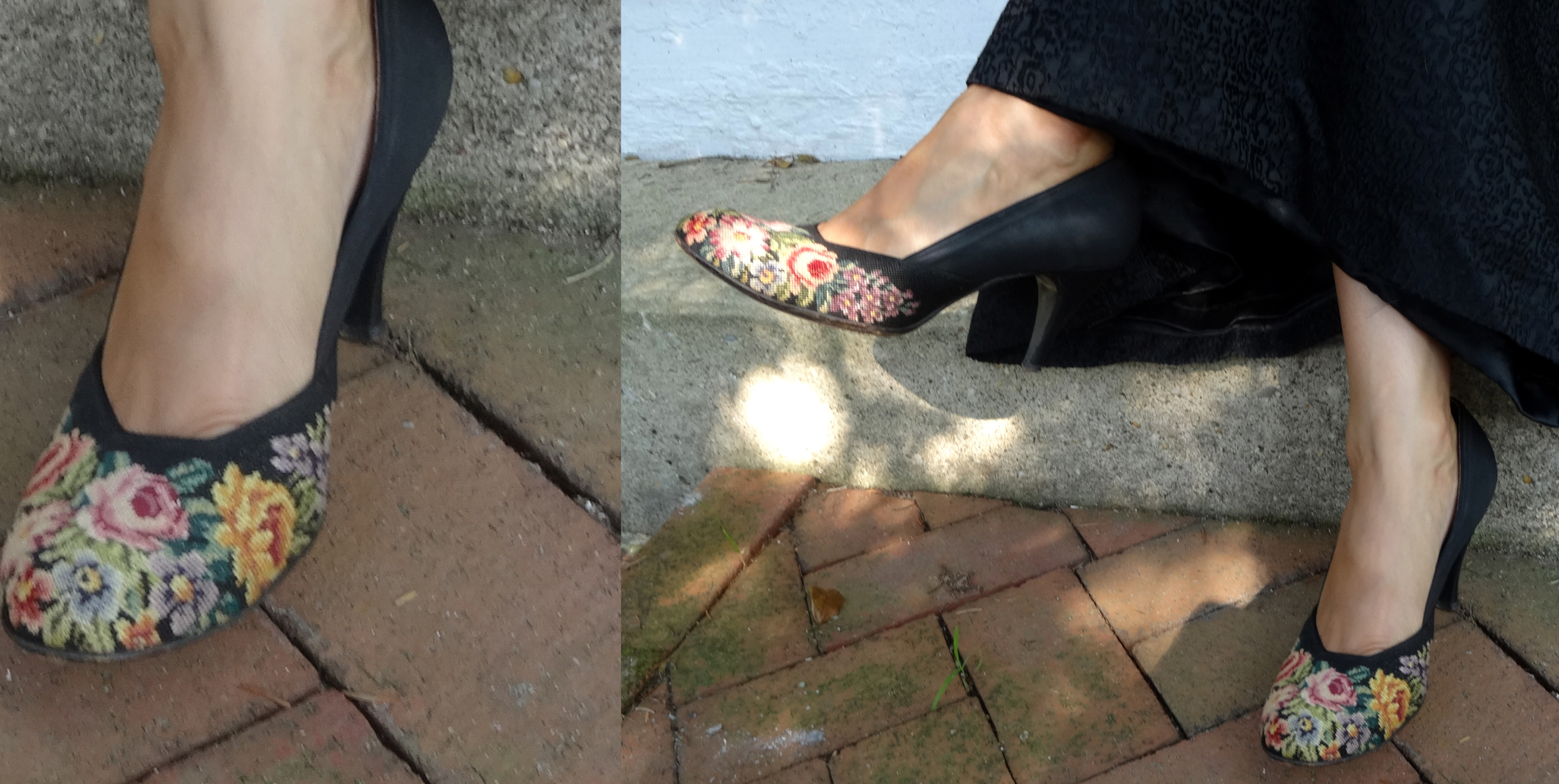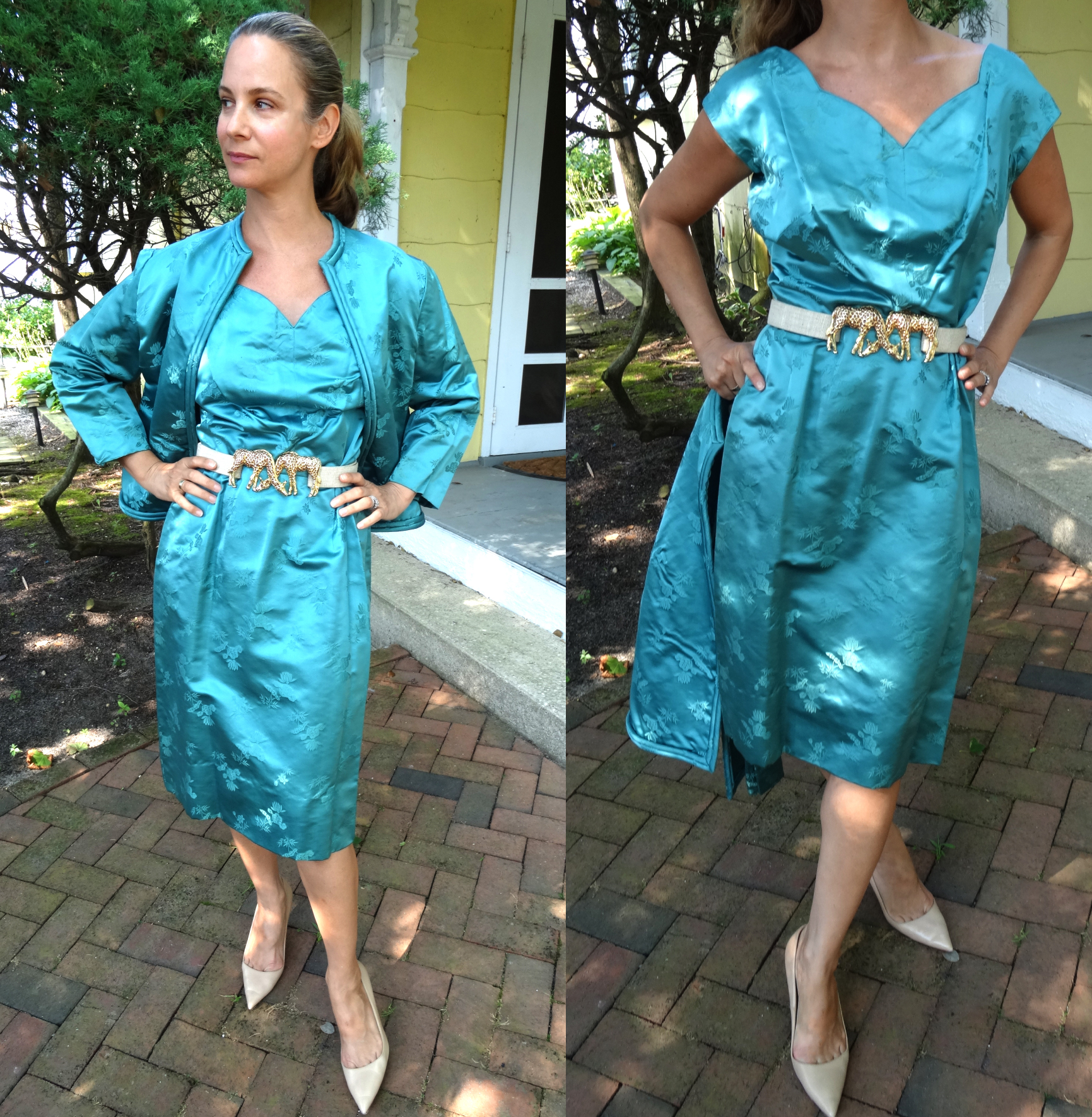I am crazy about this dress. It is a vintage "Reef of Hawaii" maxi gown, the provenance of which is a mystery to me. It could have been from my Mom, Grandma, Aunt or Great Aunt, which makes me love it even more. This dress screams vacation, and yet, in the rose colored glasses of my youth, I really feel like this was the kind of outfit my mom wore to entertain, the very definition of a "hostess dress." I feel like there is a real revival in this kind of dressing and entertaining. My husband and I were never ones to dine out extravagantly, but we have always loved to entertain, and have always felt that if you were dining out, that you should put some effort into your appearance. Why should it be different at home? Actually, I think it is more fun to put on a beautiful and yet comfortable ensemble to entertain. Let's bring it back Vive le hostess dress!!
Here are a few notes on the hostess gown:
"An entertainment gown worn at home by the lady in charge of the festivities."
"noun
a robe or housecoat worn by women for informal entertaining at home."
Or from the venerable New York Times:
Whither the hostess gown? Archaeological study of this now-defunct garment, popular from the 1930s to the 1970s (according to the Vintage Fashion Guild), reveals that the American lady of the house used to greet her dinner guests not in Lululemon yoga pants and a clammy tank top, but a billowing, brightly colored maxi-dress, often with a forgiving waistline, or no waistline — sort of a cross between an evening formal and a bathrobe.
The idea was to balance one’s respect for and command of the occasion with the right to sprawl comfortably in one’s living room on oversize lounging cushions, perhaps leaping up from time to time to rearrange the cheese straws. For hostess gowns had very little to do with actual cooking; indeed, many of the specimens that remain are downright fire hazards, with their tentlike sleeves.
“It was ‘I’m wearing silk jersey in the kitchen, I’m smoking and have three inches of ash,’ ” said Madeline Meyerowitz, of the vintage-clothing Web site Enokiworld and no slouch in the kitchen herself. She theorized that the glorified caftans began to disappear as women discovered Julia Child, Alice Waters et al. and took a personal interest in preparing food."
























